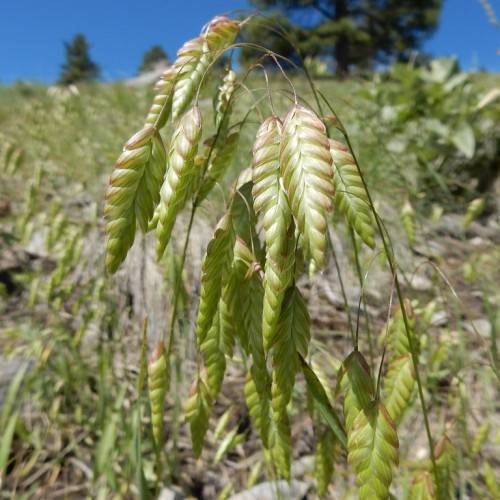
Japanese Brome
Bromus japonicus
Watering:
Average
Hardiness Zone:
Sun:
full sun,part shade
Leaf:
Yes
Growth Rate:
Low
Drought Tolerant:
Yes
Salt Tolerant:
Yes
Invasive:
Yes
Care Level:
Moderate
watering
Soft Brome can be watered every 4 to 7 days, depending on the amount of natural light it receives, the temperature, and the soil type. Water thoroughly, until the soil is evenly damp, making sure not to over-water. During particularly hot and dry periods, more frequent watering will be needed. In cooler climates, watering once every 7 to 10 days should be sufficient.
sunlight
Soft Brome (Bromus hordeaceus subsp. hordeaceus) grows best in full sunlight. It does not tolerate shade, so it should receive at least 6 hours of direct sunlight each day. The ideal time period for experiencing optimal sunlight would be from mid-morning to mid-afternoon in the summer, and from late morning to late afternoon in the spring and fall.
pruning
Soft Brome should be pruned in late winter or early spring. Pruning should be moderate, removing up to a third of the grass. This will encourage healthy new growth and prevent the plant from becoming leggy over the course of the growing season. If the grass becomes overgrown or overly dense, it can be cut back to just a few inches above the soil. Cutting the grass too low can prevent the development of new growth and should be avoided.
